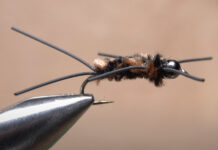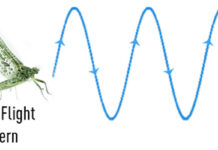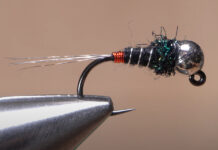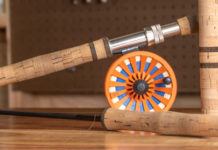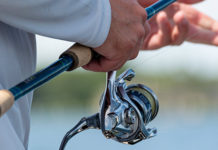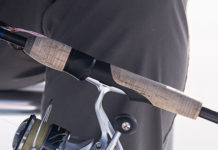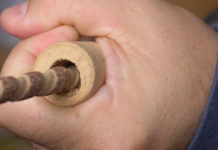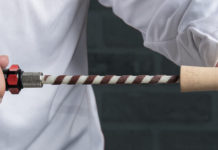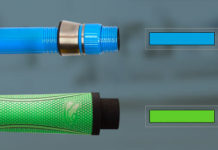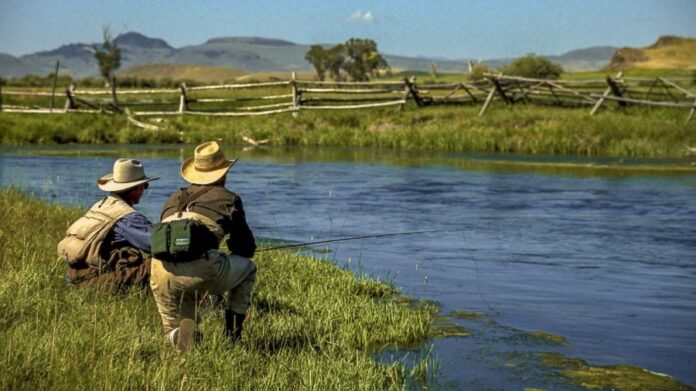Written By: Craig Fellin, Big Hole Lodge
Photo by Big Hole Lodge
Approaching trout with care is one of the easiest aspects of fly-fishing to get right, yet it’s also one of the most commonly neglected. The fact that novices can’t often see the trout gives them a false sense of security that the trout can’t see them either, but in fact, these fish have excellent vision that covers a surprisingly wide angle–not to mention an extremely acute sense for vibrations thanks to their lateral lines. Here are three tips to keep in mind that will help you to spook fewer trout and hook more of them:
1. Look Before You Leap
Before you even step into the water, look for trout in the shallows right beside the near bank. This area frequently holds some of the largest trout in the river, providing them with a valuable opportunity to escape the current without having to stray too far from the safety of the nearby depths. Many experienced anglers–and even some guides–will scratch their heads in amazement when they see a 4-pound trout basking in six inches of water just off the bank, but anglers who are used to looking for them know how common a sight they really are.

Photo by Big Hole Lodge
2. Walk Softly
Try to keep your feet below the surface of the water when you wade, in order to limit splashing that can alert fish to your presence. I almost shuffle my feet on the bottom, being careful not to dislodge too many insect-sheltering rocks, which could disrupt the ecology of the stream. I’d recommend not moving more than 6 feet at a time when you change positions. By wading cautiously in this manner, you’ll be less apt to spook trout, and you’ll cover water much more efficiently as you work your way upstream.

Photo by Valentine Atkinson
3. Spread Out Your Casts
When it comes time to start casting, keep your line short (15 to 20 feet) and make a series of upstream presentations, starting with one as close to the near bank as you can manage, then working outward toward the middle of the river from there. I like to try to land each successive cast about two feet farther out from the bank than the last one, until I’m casting out toward the middle. At that point, I’ll walk upstream about 6 feet (as mentioned above) and fan out another series of casts using that same pattern, starting close to the bank and moving outward. By approaching the water in this slow and methodical manner, you’ll improve your chances of catching trout dramatically.
Craig Fellin is founder and owner of Big Hole Lodge in Wise River, MT.
Credit: Source link


